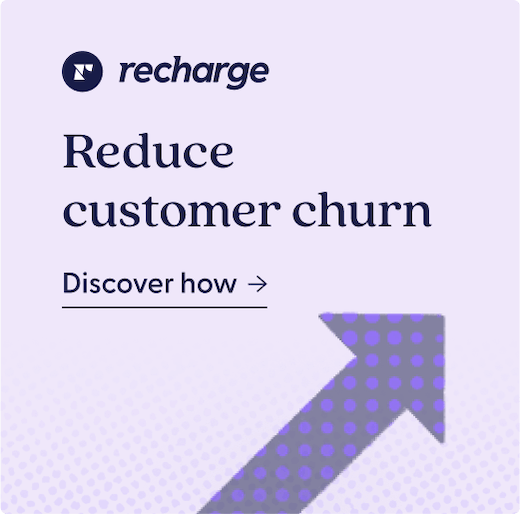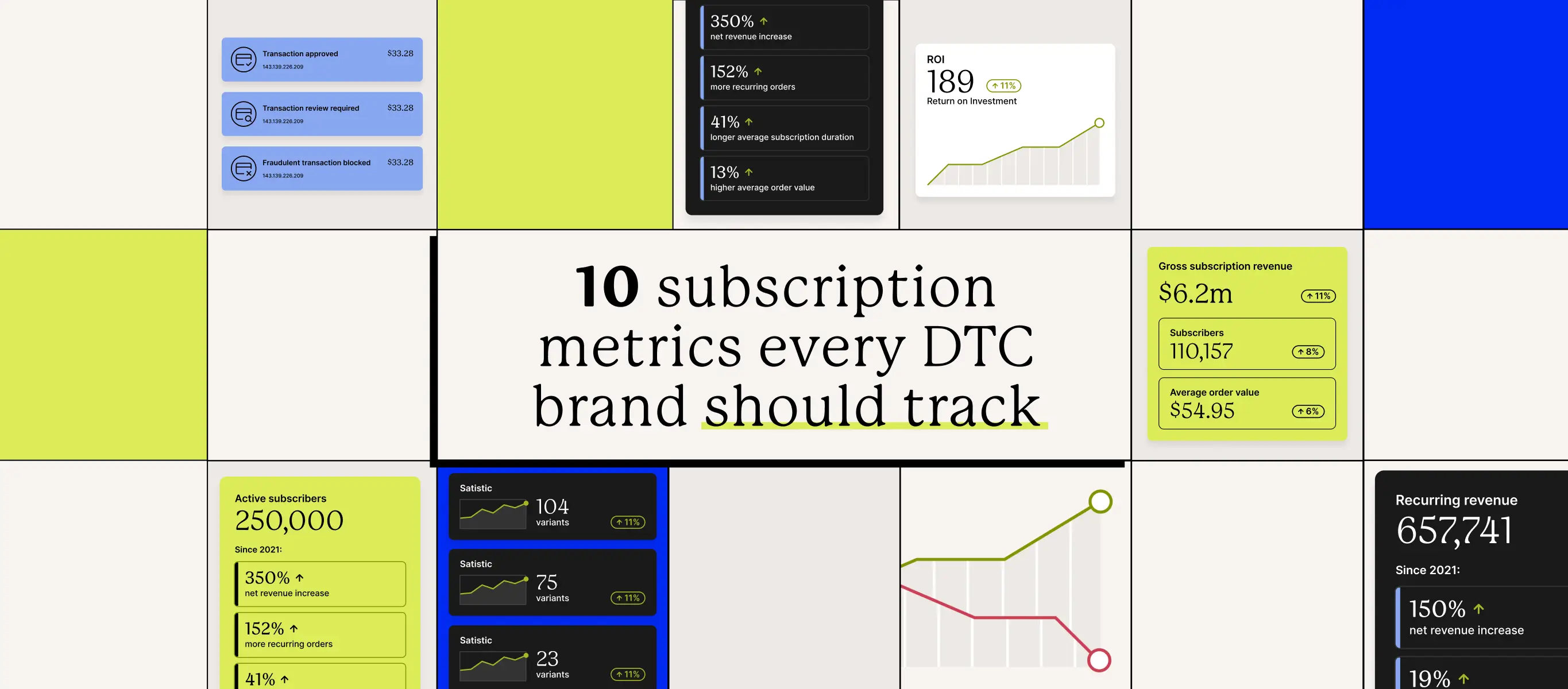Retention doesn’t happen by accident—it’s the result of a deliberate, data-driven strategy. And Dennis Bernstein, VP of Lifecycle Marketing & Retention at fatty15, has cracked the code.
At fatty15, a science-backed C15:0 supplement designed to support healthy aging, Dennis has helped achieve standout retention metrics, including 95% month-over-month retention and 55% retention at one year. Their approach transforms customer data into insights, and insights into action.
Here’s how you can apply fatty15’s retention playbook to build a strategy that keeps customers around for the long haul.
1. Retention is not one-size-fits-all
A strong retention strategy isn’t just about holding on to customers—it’s about understanding why they stay, how they engage, and what drives their loyalty over time. Fatty15 uses cohort analysis to break down customer behavior by subscription type, acquisition channel, and timing. By identifying patterns unique to each cohort, fatty15 tailors messaging, offers, and engagement strategies that speak directly to different groups.
For brands, this means digging into customer data to see which acquisition paths deliver the stickiest customers, which product packages foster long-term engagement, and where customers are most likely to fall off. Retention becomes far more powerful (and scalable) when it’s tailored to the unique paths of each customer journey.
2. Focus on early-stage retention as much as long-term loyalty
Many brands think loyalty happens months down the line. Fatty15 knows it starts in the first few days. That’s why they tailor onboarding to match the customer’s subscription type and build early momentum.
Whether a customer signs up for a 30-day or 90-day subscription, the brand adjusts its onboarding and nurture flow to match the customer’s commitment level and expectations. Early communications focus on reinforcing the value of the product, setting milestones to look forward to, and creating momentum toward the first refill decision.
This focus on early-stage retention recognizes that loyalty is built from the very first interaction, not after several months. Brands that prioritize onboarding and habit formation early are more likely to earn customers who stick around for the long haul.
3. Watch your retention curves like a hawk
A retention curve tells the story of how your customers experience your product over time. Fatty15 monitors retention curves across different cohorts and subscription types to understand exactly when customers are likely to disengage. Every dip is a signal—an opportunity to step in, whether through proactive communication, special offers, or educational content.
By closely tracking engagement trends, fatty15 can identify whether retention efforts are improving, holding steady, or slipping. For other brands, this kind of regular analysis turns retention from a reactive challenge into a proactive practice, helping teams spot patterns and pivot strategies before churn becomes a trend.
4. Move customers from passive to engaged
Not all retention is equal. Some customers remain subscribed because they’re truly invested; others simply haven’t gotten around to canceling. Fatty15 focuses on moving customers from passive retention to active engagement—because engaged customers are more likely to renew, refer, and advocate.
They measure engagement through behaviors like content interaction, portal logins, referral participation, and product reviews. Customers who exhibit these signals are nurtured into brand advocates, while those showing signs of passivity are targeted with re-engagement campaigns to pull them back into the fold. Subscription is just the start—the goal is genuine connection. Fatty15 looks beyond it, asking: How involved are our customers in the brand experience?
5. Use predictive signals to spot churn before it happens
Churn rarely comes out of nowhere. Fatty15 watches for early warning signs like skipped refills, declining portal logins, or a drop in email engagement. These behavioral cues serve as red flags that a customer may be preparing to leave. When these red flags appear, the team intervenes with reminders, personalized offers, or direct outreach to keep relationships on track..
This predictive approach shifts retention from firefighting to foresight. By identifying subtle signals of disengagement, brands can step in at the right moment and preserve customer relationships that might otherwise slip away unnoticed.
6. Make your customer portal a retention engine
For fatty15, the customer portal isn’t just functional, it’s a strategic tool for engagement. The portal shows customers where they are in their lifecycle, highlights the benefits they’re likely experiencing now, and sets expectations for what they can look forward to with continued use of the product.
Customization plays a key role here. The portal adapts to different customer behaviors, offering personalized recommendations, self-service options, and subscription flexibility. It becomes a proactive touchpoint rather than a static account page, empowering customers to manage their subscription with confidence while reinforcing their value in the program.
7. Design retention as an ongoing, evolving strategy
The most powerful insight from fatty15’s approach? Retention is never finished. Dennis and his team regularly test, measure, and refine their tactics based on new data and changing customer needs.
For brands, this means committing to continuous learning and iteration. Long-term retention success comes from building systems that evolve with your customers, not systems that stay still as your customers move on.
Retention is a science you can learn
Fatty15’s approach shows what’s possible when brands go beyond simply keeping customers and start deeply understanding and supporting them. Fatty15 proves that loyalty isn’t luck—it’s the result of smart systems, tailored experiences, and timely actions.
By tracking retention curves, segmenting customers, personalizing experiences, and acting on predictive signals, brands can build a strategy that not only retains but strengthens customer relationships over time.
The result? Customers who stay, engage, advocate, and become the foundation of long-term growth.



